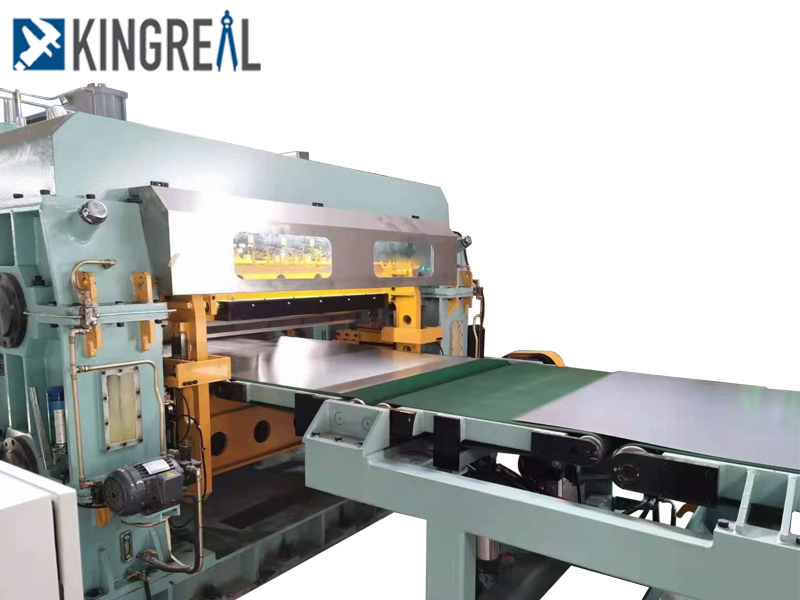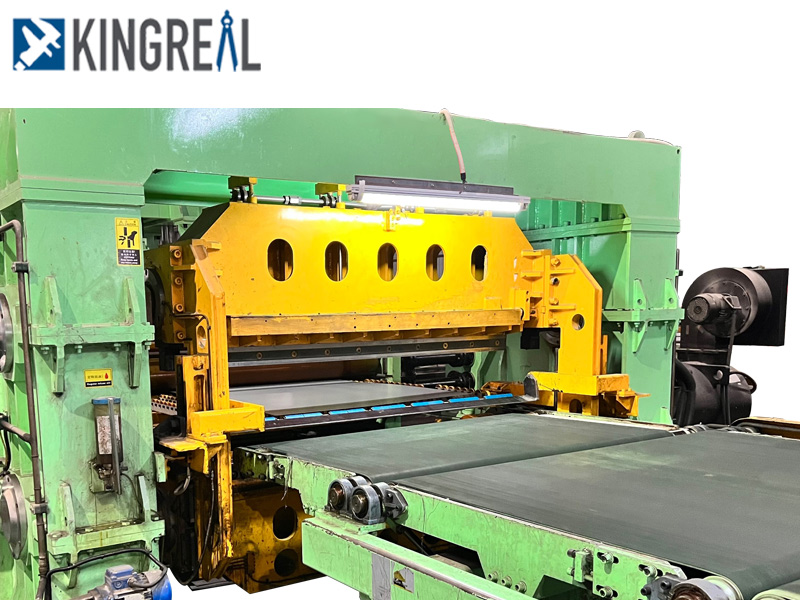What is a fly shearing line?
Fly shearing (also known as flying knives) are a common industrial application, such as Cut To Length Line, uses to cut continuous products to set lengths at line speed. The main production process is not interrupted, thus maximizing machine productivity.

Features Of Fly Shearing
The cutting tool is usually mounted on a carriage that is either parallel to the product flow or angled through the product flow. The shear drive accelerate the carriage to synchronize with the line speed, at which point the cutting tool can be activated.
The trolley then slows down and returns to its original position, ready to cut again. There are many other similar applications where the carriages must be synchronized at line speed, these can also be accommodated using the flying shear control software.

Configure the drive using engineering units of your choice, such as millimeters or inches. This means that the configuration of the system is easy, either via the operator interface or by entering configuration parameters directly on the drive.
The flight profile is optimized for each application by decomposing the synchronized partial profile into 3 regions: settling time, cutting time and tool rise time. The drive will then calculate the profile and perform checks to ensure that the parameters entered are achievable given the available motion length, and the required cut length.
Typical applications include various types of cut to length machines, printing, packaging, deposit machines, punch presses, product inspection or other process that requires synchronization at line speed.

How Fly Shearing Line Work?
1. The shearing knife mechanism is moved by a timing belt controlled by OPDE: the drive reads the position and speed of the material and controls the movement of the timing belt.
2. The shears are accelerated to a speed that exactly matches the speed of the material, and the cutting process begins.
3. All movements are defined by S-curves for smooth acceleration and reduced wear on components.
4. With point-to-point positioning, you can also choose between 2 ways of returning to the starting position:
5. The shears can return when the shears complete their cycle and reach the limit of travel or when a cut occurs.








 +86-137 0285 5825
+86-137 0285 5825  sales@kingreal.org
sales@kingreal.org jet-clima
jet-clima